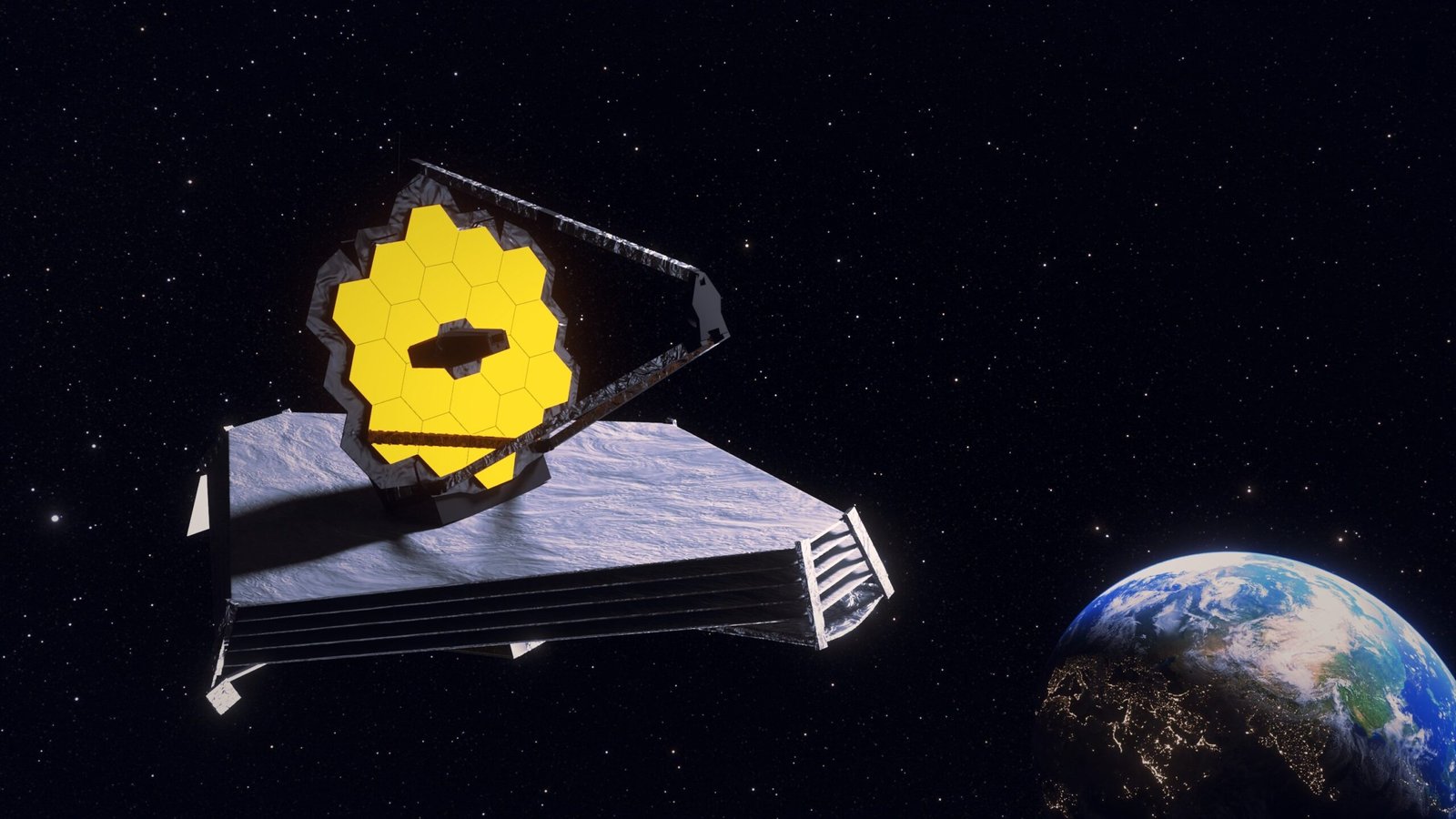Let’s get one thing straight—James Webb isn’t just a telescope. It’s a time machine, a divine microscope, and a truth bomb aimed straight at the core of human belief. Since its launch, the James Webb Space Telescope (JWST) has captured images that are so profound, they shake your understanding of existence. We’re talking about seeing galaxies that formed 13.5 billion years ago. That’s not history—that’s Genesis.
So here’s the question that lingers in every curious mind:
Can James Webb see God? Can it see the edge of the universe? Or are we all just ants trying to map infinity with a flashlight?
🌌 Seeing the Past, Not the Present
Here’s the wild part. The JWST doesn’t take pictures of “now.” It captures light that’s taken billions of years to reach us. When it peers into deep space, it’s literally showing us how the universe looked shortly after the Big Bang. We are looking back in time.
So when JWST points its $10 billion lens into the void, it’s not just snapping cosmic selfies—it’s dragging the past into the present.
And yet, even as we look deeper than ever before, we’re not seeing the beginning. Not really. And we’re definitely not seeing “God,” if that’s what you’re hoping for.
👁️ What Does It Mean to “See” God?
Let’s not get it twisted. If you’re expecting a divine throne floating beyond the Andromeda Galaxy, you’re missing the point.
“Seeing God” isn’t about detecting some glowing figure in the sky. It’s about reaching the source. The origin. The force behind the chaos. But guess what? Every time we think we’re close, the cosmos pulls back the curtain—and behind it is another curtain.
Webb sees no pearly gates. No throne. Just more galaxies. More complexity. More infinite beauty that makes our religions and fairy tales look like toddler scribbles.
God, if anything, is hiding in the pixels of deep space. Not as a being, but as a blueprint.
🚫 There Is No “Edge” to the Universe—And That Should Terrify You
Here’s the kicker: JWST can’t see the edge of the universe—because there is no edge.
We imagine space like a room. A box with corners. But the universe isn’t a place. It’s an expansion. A process. A constantly stretching, shapeshifting phenomenon where every direction is the center.
The James Webb can look farther than any human instrument before it, but it’s not going to hit a wall labeled “THE END.”
No, what it hits is redshift. Light stretched so far by the expansion of space that it fades into undetectable wavelengths. That’s not a wall. It’s a veil. A cosmic ghosting.
🧠 You’re Not Supposed to Understand This
This is where most minds short-circuit.
Humans evolved to hunt prey and gossip in tribes—not comprehend 93 billion light-years of spacetime. But now we’ve built a machine so powerful it literally undoes the illusion of certainty.
The James Webb Telescope isn’t just expanding our vision—it’s exposing our smallness.
It’s saying:
“You don’t even know what you are, where you are, or why you exist. But here’s a glimpse. Handle it.”
🧬 The Divine is in the Data
Here’s the spiritual red pill:
Maybe God isn’t a figure watching from above. Maybe God is the code written into the universe.
The perfect geometry of the galaxies. The Fibonacci spirals in nature. The mathematical precision of cosmic inflation.
JWST doesn’t see God. But it sees the signature of something greater.
Something intelligent. Organized. Calculated.
Call it God. Call it The Architect. Call it the Simulation.
Just don’t pretend it’s all random.
🔥 The Real Question: What If We Do See Something?
Let’s play devil’s advocate.
What happens if one day JWST captures something we can’t explain?
A structure. A symbol. A signal.
Something not made by nature—but by intent.
Would governments tell us? Would religions collapse? Would science panic?
Don’t forget: even now, there are JWST images that the public hasn’t seen. Not everything is shared. And not every truth is comforting.
The deeper we look, the weirder it gets. Some scientists are even saying Webb’s findings conflict with current models of the Big Bang—like seeing fully-formed galaxies too early in cosmic history. That’s not just inconvenient. That’s shattering.
👽 Are We Alone? JWST Might Already Have the Answer
Part of JWST’s mission is to detect atmospheres of exoplanets—to see if they have water, carbon, oxygen… the ingredients for life.
If it finds signs of biological activity, even microbial, that’s it. Game over for the idea that Earth is special.
And if it finds civilization-level anomalies?
Brace yourself.
JWST might not “see God,” but it could very well show us our cosmic neighbors—or our creators.
🧨 Final Truth: The Universe Doesn’t Care What You Believe
Whether you’re religious, atheist, spiritual, or confused, understand this:
The universe is not built around your beliefs. It doesn’t care about your gods, your fears, or your philosophies. It just is. Vast. Cold. Beautiful. Infinite.
James Webb is not searching for God.
It’s doing something far more terrifying—it’s showing us reality.
And maybe that’s enough.
Because sometimes, seeing the raw truth is the most spiritual experience of all.
🔭 TL;DR:
- JWST doesn’t see God, but it reveals the fingerprints of something greater.
- There is no edge to the universe—only a limit to what we can detect.
- “God” might not be a being, but a blueprint hidden in cosmic order.
- The deeper we look, the more our old beliefs collapse.
- The truth isn’t always comforting. But it’s real.
💥 Want to blow more minds? Share this with someone who still thinks Earth is the center of the universe.
“Still Trapped in the Matrix? Get the Truth They Don’t Want You to Know.”
👉 Instant download + weekly wake-up drops.
Every week, we drop powerful, unfiltered insights that expose the lies, break the system, and rewire your mindset.
This isn't motivation — this is mental warfare for freedom-seekers, rebels, and future millionaires.









